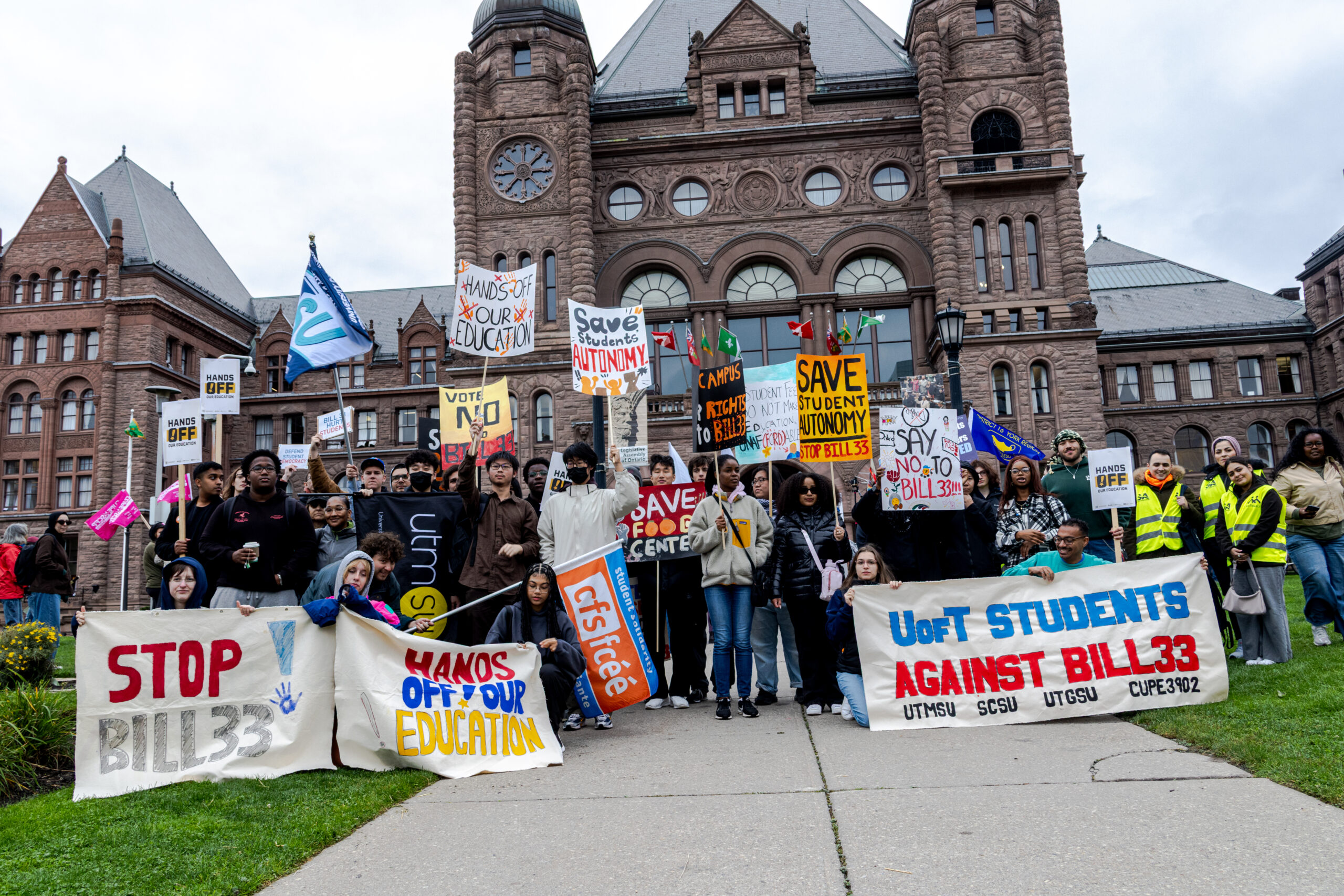On March 4, the Student Association of George Brown College (SAGBC) hosted a virtual zoom event in which they unveiled details of their new strategic direction. In this event, students at George Brown College (GBC) got an opportunity to hear details of what the SAGBC is describing as a recommitment to organizing and acting as a responsible and responsive partner within the student movement over the next two years.
The SAGBC funds the Dialog.
The strategic direction aspires to seek progressive and effective choices for the student community of GBC, both during and following the COVID-19 pandemic. Rather than a five-year traditional strategic plan, the strategic direction focuses on responding to priorities over the next two years, says Neil Price, president of LogicalOutcomes, the consulting firm which the SAGBC hired for this process.
“The coronavirus pandemic has brought about the need to think about the ability to adapt and keep people inspired about student voices and the student movement in general,” said Price. “At the same time, we also want to think about growth. What are the opportunities beyond the pandemic, and also now, to think about how the organization can position itself to be better and stronger moving forward?”
Constructed upon the basis of extensive consultation, data collection, and several working sessions, efforts were taken to ensure that the SA’s vision, mission, and values properly aligned to meet the needs of GBC’s student community and key stakeholders, says Price. Methods included a student survey administered in April 2020 that received over 2,482 responses.
“[The survey] gave us a tremendous amount of rich data in which to think through deeply, about what students thought of the SA, what opportunities students thought there was for the SA, what students wanted the SA to be for them. We asked questions about how students want to communicate with the SA, what kinds of information are important to them and that they think the SA should be disseminating,” says Price.
“We asked a tremendous amount of questions and we’re really proud of that result. There’s over 30,000 students at George Brown, so just shy of a ten percent return for this kind of survey is actually quite good.”
Along with 20 key stakeholder interviews and four focus groups, Price says a tremendous amount of work went into providing a safe opportunity for participants to come and share in person about what they thought needed to go into this strategic document.
“This document is really taking the ideas of an enormous number of people, students, staff, members of the SA at large, leadership, and so, all of those insights are what has led us here.”
Focusing on equity, diversity, inclusion, transparency, innovation, and community, the strategic plan also includes a proposal for a new mission statement, which Price says “will be voted on at the appropriate time”.
The 2021-2023 strategic direction includes three strategic priorities: “to build connections with an engaged student community”; to “invest in people”; to build “technology and processes that lead to digital transformation”; and to “promote organizational learning and development, sustainability, strategic recruitment and high-performance teams”.
These priorities were established with an honest and transparent approach that used error as a means to drive renewal and refocus on the plan, says Price. While also remembering that a plan is a guide, Price says “there needs to be an openness to change depending on the direction and realities that emerge during the process”.
“Plans, while they’re set on paper, and sort of disseminated and shared and posted, so they have a fixed quality to them, they are evolving,” says Price. “Even this plan, while it’s clear and it sets out a clear direction, if something significant were to happen in the world next month, parts of that plan may not be feasible or as strong a priority. A plan is a guide, a direction, that has been informed by a lot of people. At the same time, there needs to be that openness to pivot or change direction based on the realities that emerge.”


